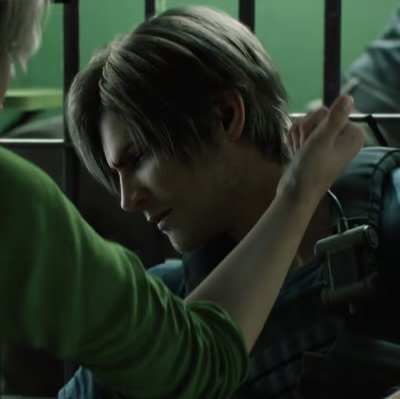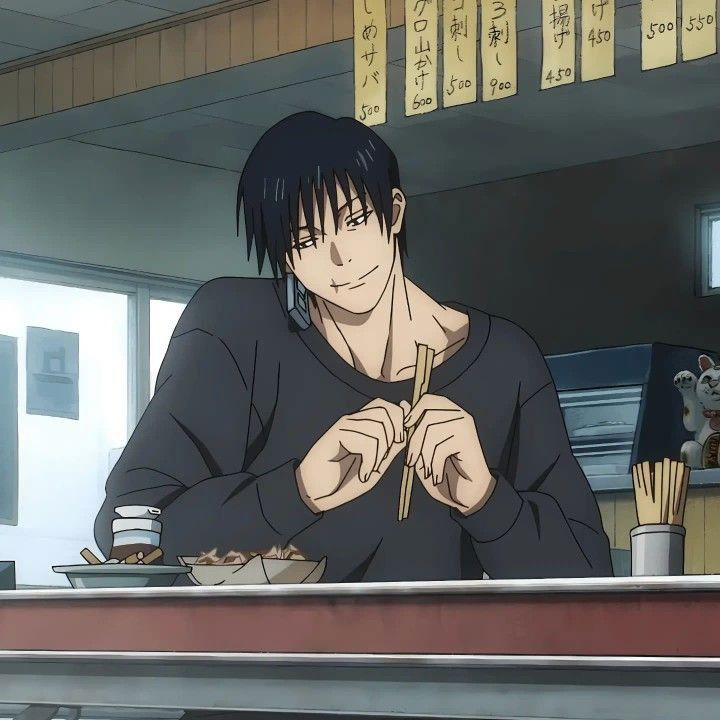Kuudere vs. Dandere: A Detailed Comparison
While both Kuudere and Dandere archetypes share an outward appearance of being quiet or reserved, the underlying reasons and manifestations of their silence are critically different. This distinction is paramount for both creators and fans to truly appreciate the depth of characterization in anime and manga. The most fundamental difference lies in their core demeanor: * Kuudere: Their quietness stems from an inherent "coolness," emotional control, or a detached, perhaps even cynical, view of the world. They are aloof by choice, not out of fear. It’s a matter of composure. * Dandere: Their quietness is a direct result of shyness, social anxiety, lack of self-confidence, or fear of judgment. They are silent out of apprehension. It’s a matter of insecurity. Imagine walking into a room. The Kuudere is the person sitting quietly in a corner, observing everything with a calm, unreadable gaze, perfectly content in their own space, perhaps even giving off an aura of quiet confidence. They might not engage, but it’s because they don’t feel the need to, or they’re assessing the situation. The Dandere, on the other hand, is also in a corner, but they’re avoiding eye contact, perhaps clutching a book, genuinely wishing to blend into the background to avoid any potential awkwardness or scrutiny. They want to engage, but are paralyzed by fear. Their approaches to emotions differ significantly: * Kuudere: They suppress their emotions or simply don't display them outwardly. Their internal world is vibrant, but it remains largely hidden. When they do show warmth, it is subtle, controlled, and therefore incredibly meaningful. Their "dere" side is a deliberate unveiling. * Dandere: They struggle to express their emotions due to shyness or anxiety. Their feelings might be profuse internally, but they can't articulate them, often resulting in blushing, stuttering, or an inability to speak. Their "dere" side is a breakthrough. It’s like the difference between a lockbox and a tangled knot. A Kuudere’s emotions are in a secure lockbox; you need the right key (trust) to open it, and it will open smoothly. A Dandere’s emotions are a tangled knot; they want to untangle it, but their hands are trembling, making the process difficult and messy. The way they navigate social settings further highlights their differences: * Kuudere: They don't necessarily avoid social interaction, but they don't actively seek it out either. They are often independent and self-sufficient, comfortable in their own company. They might engage if necessary, but won't waste energy on superficialities. * Dandere: They actively avoid social interaction due to their fear of judgment or making mistakes. They prefer to blend in and often feel anxious in one-on-one conversations unless they are with their trusted person. One chooses not to speak because they deem it unnecessary or prefer silence; the other chooses not to speak because they are afraid of what might happen if they do. The typical character arc for each archetype also provides insight: * Kuudere: Their development often involves "melting" their icy exterior, allowing their hidden warmth and affection to become more visible, typically triggered by a specific bond or love interest. The story explores why they are cool and how that coolness adapts to genuine connection. * Dandere: Their development focuses on "gaining confidence" and gradually overcoming their shyness and social anxiety, enabling them to express themselves more freely and build stronger relationships. The narrative showcases their journey from insecurity to self-acceptance. A Kuudere's journey is about uncovering a pre-existing warmth. A Dandere's journey is about building the courage to let their warmth be seen. How the audience perceives them also differs: * Kuudere: Often viewed as "cool," mysterious, and admirable. Their calm demeanor and competence evoke respect and a sense of intrigue. There's an allure in their hidden depths, making their rare emotional displays highly impactful. * Dandere: Often viewed as "cute," endearing, and sympathetic. Their struggles with shyness evoke a protective feeling and a desire to see them succeed and open up. Their relatability stems from common experiences of social apprehension. When a Kuudere smiles, it's a monumental event, often met with "Oh!" When a Dandere manages to speak coherently without blushing, it's a triumph, often met with "Aww!" Consider a simple scenario: A new student approaches them, asking for directions. * Kuudere: Would likely give precise, concise directions without much extra fanfare or emotion. Their voice might be flat, but the information is accurate and helpful. They might even offer an unspoken assessment of the new student. "It's building C, third floor, last door on the left." No smile, no small talk, but no malice either. * Dandere: Would likely blush, stutter, avoid eye contact, and might give the directions in a barely audible whisper, perhaps even apologetically, or might even try to quickly leave the situation if overwhelmed. "Um... it's... it's building C... I think... th-third floor..." Their anxiety is palpable, despite their good intentions. This microcosm of interaction vividly illustrates the fundamental psychological underpinnings that separate kuudere vs dandere. One is a fortress of self-control; the other, a fragile butterfly attempting its first flight.


